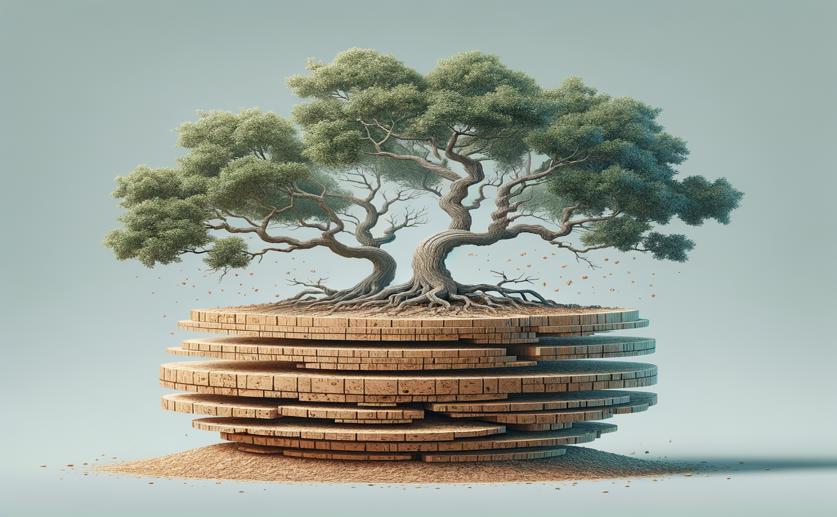
How Holm Oak, Cork Oak, and Their Hybrids Create Cork
Jenn Hoskins
4th June, 2024

Image Source: Natural Science News, 2024
Key Findings
- The study, conducted by researchers from the Universitat de Girona, focused on the differences in periderm formation between cork oak and holm oak
- Cork oak forms a persistent periderm, resulting in a uniform outer bark, while holm oak forms sequential periderms, creating a heterogeneous outer bark
- Genetic analysis revealed that cork oak's ability to produce thick, homogeneous cork is due to the upregulation of specific genes related to suberin production and cell wall biogenesis
References
Main Study
1) Rhytidome- and cork-type barks of holm oak, cork oak and their hybrids highlight processes leading to cork formation
Published 3rd June, 2024
https://doi.org/10.1186/s12870-024-05192-4
Related Studies
2) The Making of Plant Armor: The Periderm.
3) A comparative transcriptomic approach to understanding the formation of cork.
4) Characterization of the cork formation and production transcriptome in Quercus cerris × suber hybrids.



 1st June, 2024 | Jim Crocker
1st June, 2024 | Jim Crocker